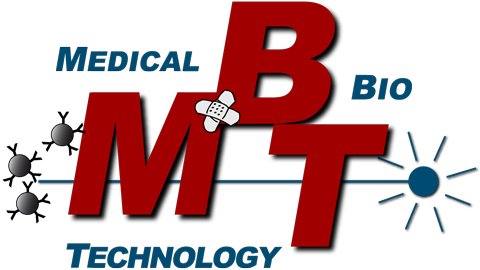High-throughput Biology & Functional Neurogenomics
Ion channel research
We are interested in chloride channels, in particular glycine and gamma-aminobutyric acid receptors (GlyR, GABAAR) and their role in homeostasis, development and disease. Glycine and GABAA receptors mediate inhibitory neurotransmission in the central nervous system (CNS). Dysfunction has been linked with neurological, neurodegenerative and psychiatric disease and is also associated with cancer. We use high-throughput and high-content screening technologies to identify genes involved in GlyR and GABAAR expression control as well as novel compounds active at those receptors. Chemical modulators of receptor function and expression can serve as leads for therapeutic development and as pharmacological tools for basic research, in research on synapse formation, homeostasis and plasticity as well as in developmental cell biology.
In-vitro research models
The development of pharmaceutical drugs involves animal experimentation. Novel medicines are required to be first tested on animals before clinical trials can be conducted. Identification of toxic compounds in early R&D using cell-based in vitro assays can reduce the number of laboratory animals used for in vivo testing of suboptimal compounds that fail at later stages of drug testing. We develop in vitro research methods according to the 3Rs concept – namely, Reduction, Refinement and Replacement of animal experimentation to minimize the need for animal testing. We strive to combine innovative screening assays utilizing the enormous potential of human pluripotent stem cells with massively parallelized microscopy technologies to reduce e.g. neurotoxicity testing in animals. These methods may also be less expensive and less time-consuming than animal testing.
Screening libraries
Under editing…
